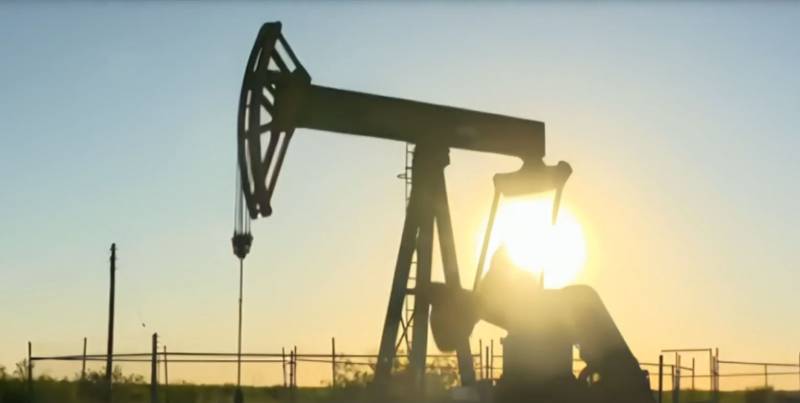Energy services to grow to $2025 trillion by XNUMX

With strong growth in the natural gas liquefaction, transportation and regasification industry, total oil and gas spending will remain above $920 billion a year on average over the 2022-2028 period. Despite the risk that another downturn cycle in the oil and gas industry could occur after 2025, oilfield services providers must be able to balance the downturn by entering other parts of the broader energy market. It is interesting that such countries as the United States, Russia and a number of Persian Gulf states are doing this most actively today. There is a large-scale redistribution of markets, which can lead to global changes in the energy sector.
Together with oilfield services, experts believe that this expansion into other areas of energy could provide a $2025 trillion supplier market by 1 that could be sustained for several years. A breakdown of the various service segments among oil and gas providers shows that all segments will grow in nominal terms, both in terms of suppliers focusing on equipment and materials, and in terms of suppliers of operations and maintenance services.
Last year marked a turning point after the post-pandemic recovery and record high gas and oil prices. This allowed oil and gas companies to increase their investments in oil and gas by 20%.
After recovering in 2022, the energy sector is entering a very promising 2023 with upside potential for investment in oil and gas by 13% and at the same time investment in low-carbon projects by 10%.
Since 2014, the oilfield services industry has been going through a difficult period. The oversupply of oil fueled by the US shale revolution, the competition for volume led by OPEC+, and the two-year pandemic have all contributed to lower oil prices and upward spending in the sector. As a result, oil and gas suppliers did not get the next few years of growth they really needed to transform their operations into profitable healthy businesses in the new market conditions.
From a peak in 2014 to a trough in 2021, the largest contractors' revenues fell by almost 60%. Despite some optimism in 2017-2019, the market did not really rise as oil and gas producers maintained strict discipline. At the same time, some segments of the oil and gas supply chain struggled with continued overcapacity.
Suppliers have not been able to cut costs, adjust capacity and manage their debt to the extent that would enable them to turn lower market activity into a profitable business. Companies are clinging to their assets, hoping to quickly increase their market share if the market recovers in the future. This restoration is still going on.
Adding to the turbulence are anti-Russian sanctions related to the so-called oil price ceiling. Experts, two months after the introduction of such a ceiling by the West, state that this has not yet had any serious impact on world prices and that there are plenty of opportunities for Russia to supply black gold to the world market at a price that allows it to receive more than significant profit.
Information